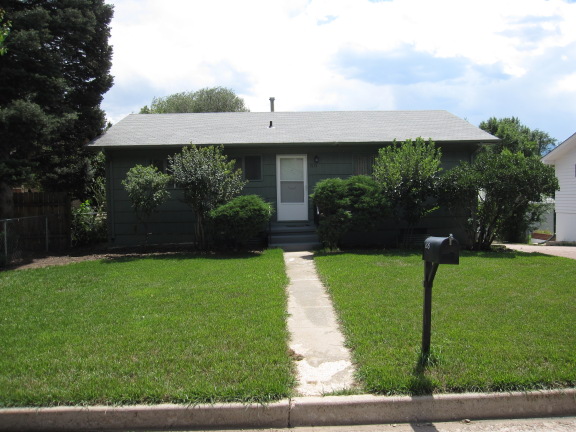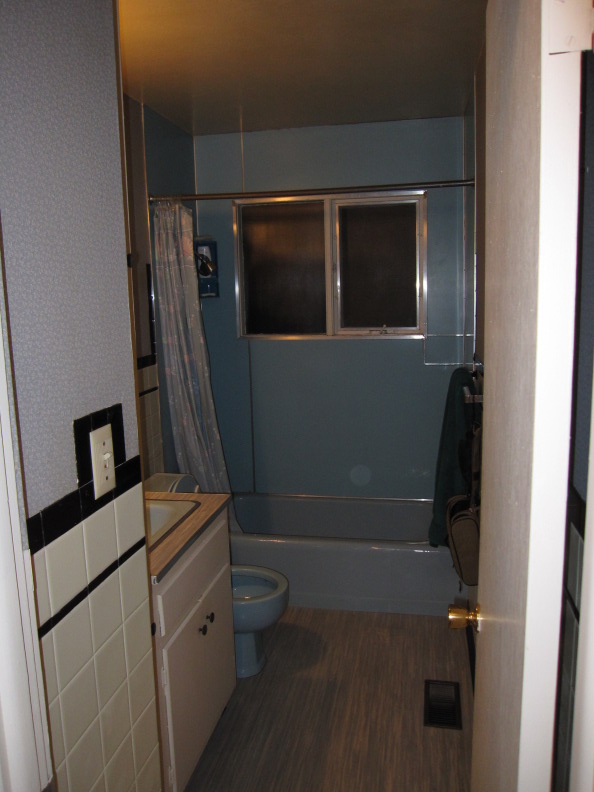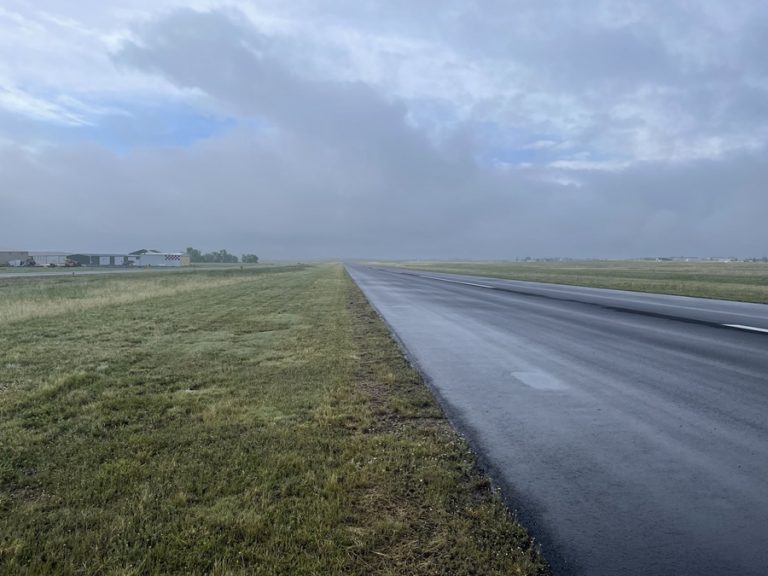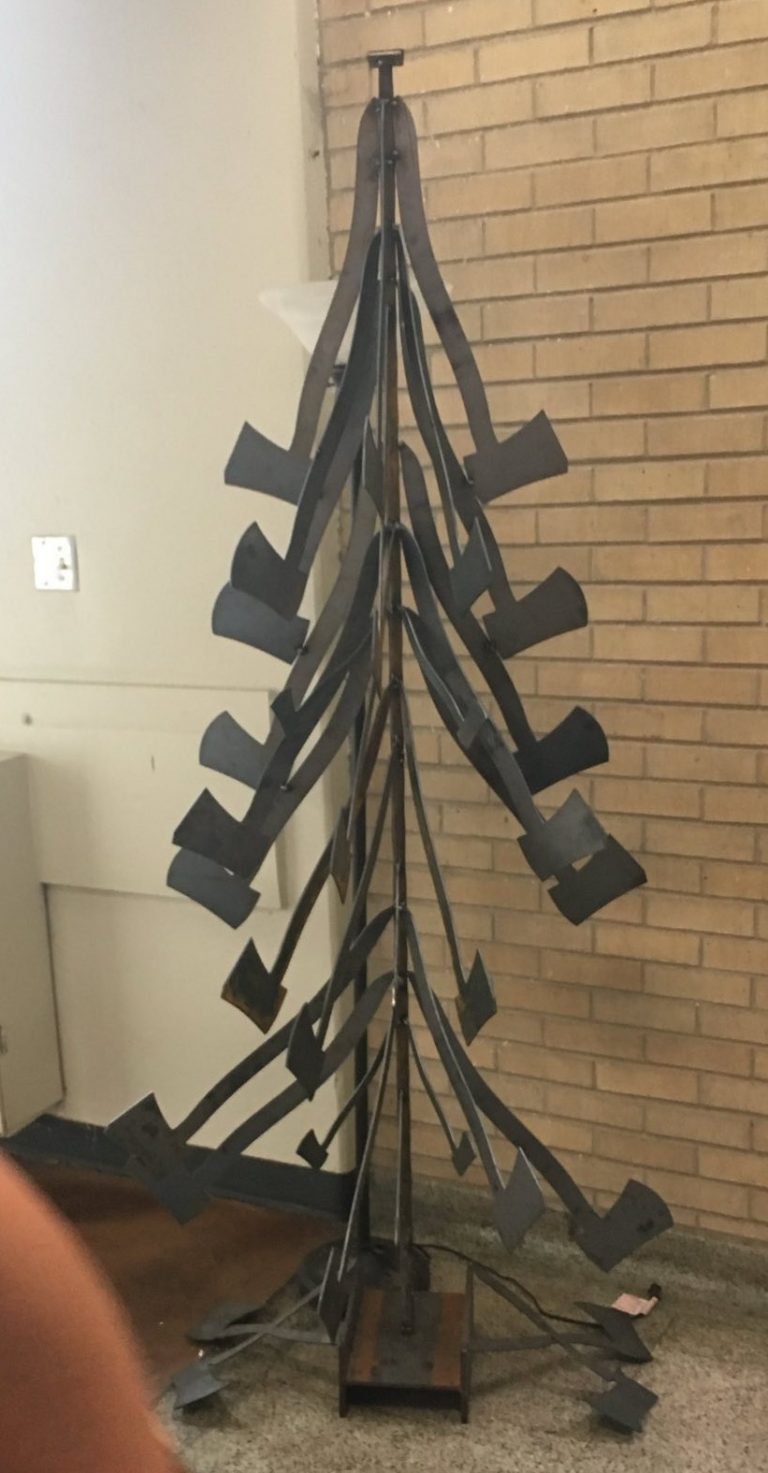Old houses and the benefits of an infinite hedge
2008 was a weird time. The housing market was weeks into a decline that would drag the capital markets into a five-year slump. Wars in Southwest Asia had well transitioned from “seizure of initiative” to “expensive, Sisyphean stabilization efforts,” and I found myself freshly out of university with an engineering degree, a meager handful of job offers, and a marked paucity of clue.
Into this soup, my parents introduced a not-particularly-welcome graduation gift: a ticket to exchange a Colorado autumn Saturday1 on the trails for one spent in a local hockey rink listening to a guy named Dave Ramsey. My protests were met with smirks. “But I’ve been investing since I was 19!” “I’ve already owned two [lackluster] businesses and done a [failed] startup!” “It’s inside. All day. And it’s INSIDE!”. Finally, a mentor (the great Kelly “Roomy” Irving – but that’s another story), addressed my bulletproof plan to avoid attending: “Your parents bought you a ticket. You’re going, or you and me have a problem.”

Sprinting into the “baby steps”
I’ll not rehash Mr. Ramsey’s personal-finance message here: he has a radio show, a dozen or so books, and a stable of podcasts that more than adequately cover his philosophy.2 Of interest to risk management was his message of Gazelle Intensity, and what happened next. A concept that, by his own admission, he co-opted from the biblical book of Proverbs, the idea is something of a proto-working man’s hustle culture. Charmingly, this concept is more concerned with what you leave out – distractions towards your goal and expenditures of effort or capital that do not align with it, than with the 20lbs of grind in a 5lb bag that latter-day-hustling seems to preoccupy with.
Leaving this day-long seminar, I was convinced of two facts: first, I needed to avoid debt to the maximum extent possible over the coming years. Second, and somewhat contrary to the first, I needed to find myself in a house as soon as possible. The good news: I was multiply-employed and the Case-Shiller index was on a rare downswing. The bad news, as I was to discover, was that this downswing had led to a straight-up bizarre market for entry-level homes.
In a few cases, the house had some problems. Most of these were fixable, such as the basement floor where a checkerboard of green slate and snow-white porcelain tile had been installed, the 3/8” difference in height made up with 1” wide up-sloping grout lines. Similarly, the bathroom wall made of literal papier-mâché would be a weekend and a few hundred dollars to remedy. Others, such as the homeowner who tried to fit a full-height furnace into a crawlspace by sawing through a half-dozen floor joists, failed to meet even my pitifully low standards. My realtor, a lovely lady re-entering the profession after a significant brain tumor, undoubtedly had her recovery further challenged by the pace at which I demanded to see a larger and larger pool of properties.
Typically, the humans were the problem. Most inventory was offered under some form of distress, and offered under terms of short sale, bank-owned, or by owners mere weeks from one of these fates. Occasionally, the owners were a challenge: “The comps may be around $200k, BUT I NEED $300k!” was a common response to offers. More commonly, the banks derailed the proceedings. Too often, both were out of line. In one instance, after a deal had languished for months with no real response from a lienholder, I spent some recently received dividends to become a shareholder in the offending (and now defunct) bank. After filing a complaint that excess real estate holdings were putting my 3-figure investment at undue hazard, I was informed that potential sales were evaluated once a month. With a six-plus-month backlog already, this guaranteed three Olympics and two presidential elections before I would see a decision.
Motorcycle gangs and recalcitrant bankers
The story that takes the cake in this category was a morning I had appointments to view two houses next door to each other on (aptly-named) High Street. One early morning appointment was cancelled at the last minute, with no real explanation, but with an hour to kill before work, I stopped by the other. While on the front porch with my realtor and the homeowner, a logo-less step van pulled up and promptly disgorged the CSPD SWAT team. After the world’s shortest knock-and-announce, the officers started hitting the front door with a battering ram. It didn’t budge. Five minutes (I checked my watch) of unsuccessful door-ramming later, a short man appeared from around the side and was quietly taken into police custody.
A week later, I was able to tour the house. Upon entering, my realtor and I were greeted by the same short man, shirtless and with his entire chest occupied by the eagle emblem of a local biker gang. The memorabilia for the same said gang adorned every wall and a surprising percentage of the ceilings. After recognizing us as “the guys from when I was arrested,” we were treated to a guided tour of the premises, complete with a lengthy analysis of the local constabulary and their tactics (“They told all of the neighbors I’m a gang member. I’m just an associate!”). The battering ram’s difficulty was explained by an addition in the 1980s, where the original entry was walled in with concrete block – though still visible from the cracks the ramming had succeeded in producing. The added rooms had been built on foundations of a single course of non-grout-filled block, and the original 1920’s granite and mortar foundations largely destroyed.
These additions would have to be completely razed and rebuilt. I’m pretty sure it featured both lead paint and multiple meth labs. I still made an offer. The second mortgage holder declined to accept it.
Enter Boulder Street
One year to the day, over 100 houses viewed, well over two dozen offers made, I set foot in what would be my home for the next decade. After driving all night from Waco, Texas to Socorro, New Mexico, stopping for a social call, and tagging on another 500 miles to Colorado as only a 23-year-old body can, I received a call from my realtor. “There’s a new listing in Old Town. I called the seller’s agent. It’s an estate sale.” The walk-through was nothing spectacular. It was a mid-century 3-bed, 2-bath box, bought new in 1957 by an owner who, over the course of 52 years, would proceed to make no upgrades, perform relatively little maintenance, and ultimately die in it. On the other hand, there were no lean-holders; on my realtor’s advice, I offered asking plus double earnest money, and by sunset that day we had a contract. I had not showered or been home in three days. I did not care.

Both the inspection and the title were surprisingly clean for the age of the structure, and the heirs seemed motivated to close quickly, even offering any furnishings I may want. An offer I declined. Closing was uneventful, which was good because that afternoon the real fun would begin. I moved into a house that was, to my surprise, fully furnished with items that likely graced the cover of Better Housekeeping during the Eisenhour administration. Along with a 1700 sqft house, I had unwittingly purchased three bedroom sets, a wobbly table, bath towel upholstered chairs, and the most plastic-covered grandma living room set I had ever seen. Though a 400-pound console TV proved surprisingly difficult to dispose of legally, these items were, at that moment, the least of my worries. That would be two stories and an associated staircase of carpets at their cat-urine-saturation-point. Closing concluded at noon. By 5 PM, one thousand square feet of half-century-old carpet would be deposited at the county dump. The pads proved far easier: having been reduced to dust decades before, they were collected with a broom and dustpan. At least the underlying hardwood floors refinished beautifully. Sleeping in the same house as 3 gallons of curing maritime varnish necessitated a few mornings spent waiting on the porch until I was suitable to be on the public highways.
Gazelle intensity revisited
The following years saw an outburst of Mr. Ramsey’s gazelle intensity, both fiscally and occupationally. With the goal of a completely refurbished and paid-off house, I poured my soul into this endeavor. Taking the place down to subflooring and wall studs, and starting over with all new furnishings, fixtures, and finishes saw me swinging a hammer every night until the small hours, and rising early to get in a few more swings before work. On the early payoff front, I threw every penny towards the principal. Selling fireworks in the summer and hauling firewood in the winter. Lunches were braunschweiger sandwiches (I’d recommend it, use extra mustard); the thermostat was set to 55 degrees Fahrenheit through Colorado winters (I would not recommend that one). Every National Guard drill check bought a bottle of whisky, with the rest going on the house. On deployments, every penny went on the house, seeing as no whisky was to be had in those environs.

Two years in, I had most of the interior complete. Four years in, it looked like it had been built this millennium, as most of it at that point had. Six years and ten months from closing, with the note having been sold four times and mortgage rates having dropped to half what they were then, I made the last payment. And with that, at 30 years old, I found myself with an infinite hedge, an existence with no debt, few liabilities, and a steadily increasing asset column.
The illogical logic of risk displacement
In the words of the great Arlo Guthrie: “that’s not what I came here to talk about today (‘but I thought I’d mention it’)”. What I’d like to point out are the non-tangible benefits of an infinite hedge. As a math guy, I had realized that paying down my mortgage was a terrible investment. Even after rationalizing the avoided interest as a “home-brew CD”, or “coupon-less bond” it still never logically stacked up. Worse, the capital markets seemed to be climbing like they were ingesting rocket fuel. The day we sold it, the house had more than doubled in value. Conversely, had I put the same funds from the day of purchase into my favorite exchange-traded fund, it would have increased in value over sevenfold and grown to over a million dollars. The stock markets won the logic game every time.
The benefit, and why this was one of the smartest moves I have ever made, is that a paid-off home provided me with an infinite hedge. An all-encompassing safety net that instantly lowered the severity column of all of my life’s other risks. This not only allowed me to move things like job loss or waking up with a weird lump from catastrophic to merely bad. Having zero debt, and being able to meet all of my liabilities (at one point comprising taxes and a power bill) by working the gun counter at Scheels 20 hours a week3 allowed for dramatically more risk everywhere else in my life. I quit my increasingly uninspiring, 60-hour-a-week corporate job to take a full-time National Guard posting (at a 50% pay cut). I lived in Japan. Climbed dozens of mountains. Confronted my irrational fear of boats by learning to dive, then learning how to dive deep, in the dark, and in low visibility. I got my pilot’s license (ahem, airman certificate), bought an airplane, then got a whole long list of other ratings to keep it company.

Risk management and risk control are often portrayed in dry, mathematical terms. Control severity. Reduce likelihood. Add the runs of the Monte Carlo simulation to get the expected value. The most significant benefit of risk management may be that, both objectively and emotionally, risk controls allow us to “buy” taking enhanced risk elsewhere. Revisiting the Dave Ramsey seminar of many years ago, being debt-free removes risk and buys financial freedom. The miracle is that freedom buys opportunity, and those risks, judiciously taken, allow for true boldness that brings immense rewards, personally and professionally.
And that’s the value of an infinite hedge.
Let me know your thoughts below, and click here to subscribe!
-Jerome
Want to see how holistic risk controls can help your business? Or explore hedging strategies? Crate of Thunder Aerospace Consulting can help you!
- If you want a perfect life, spend your summer and fall in the Colorado Rockies, and winter and spring just about anywhere else. Fortunately, Colorado’s fall lasts roughly six months. Spring lasts about a week and is a muddier version of winter. ↩︎
- This is not to be dismissive. It certainly worked for me, and it would probably work for you too. Math is wonderfully impersonal like that. ↩︎
- Granted, working the gun counter anywhere would carry its own financial temptations. ↩︎



